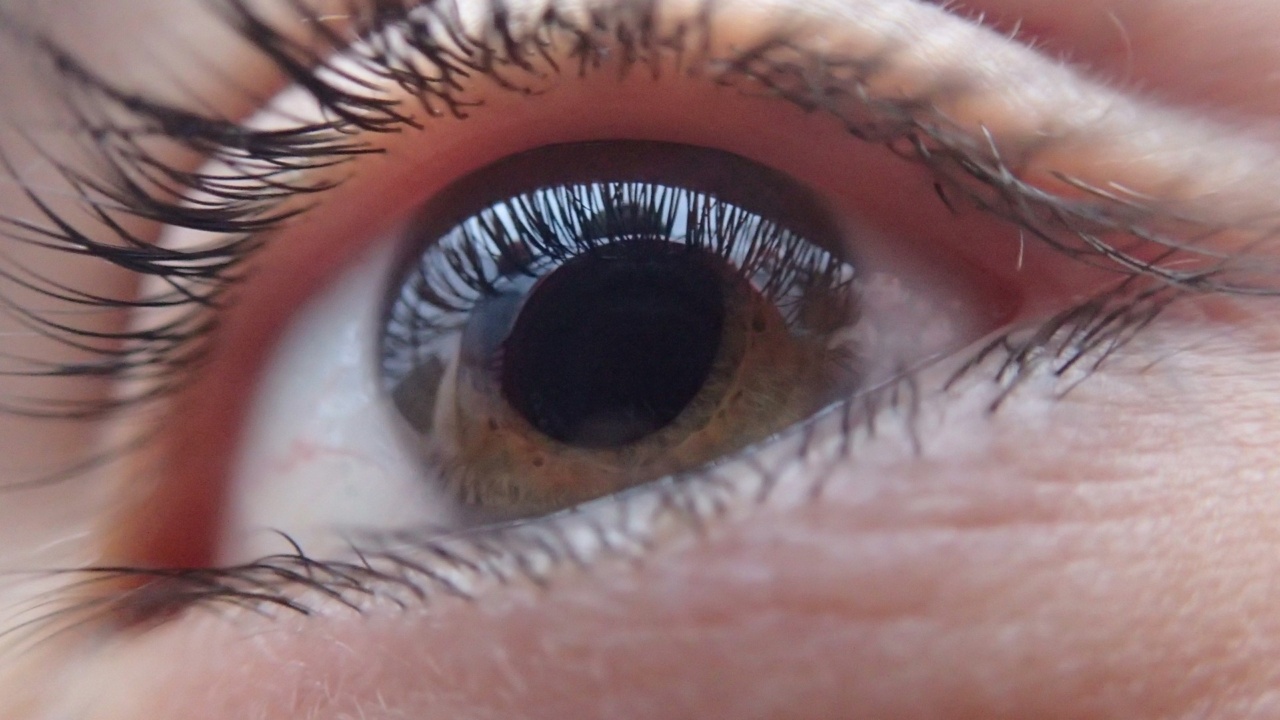Skin ailments are common conditions that affect the skin’s health and appearance. From minor irritations to chronic diseases, these conditions can cause discomfort, pain, and even social stigma.
Understanding the different types of skin ailments is crucial for proper diagnosis, treatment, and prevention. In this visual guide, we will explore some of the most common skin ailments, their causes, symptoms, and treatment options.
1. Acne
Acne is a common skin condition characterized by pimples, blackheads, and whiteheads. It occurs when hair follicles become clogged with oil and dead skin cells, leading to inflammation.
Hormonal changes, oily skin, and bacteria are some of the causes of acne. Treatment options include topical creams, oral medications, and lifestyle modifications.
2. Eczema
Eczema, also known as atopic dermatitis, is a chronic inflammatory skin condition. Common symptoms include dry, itchy, and red patches on the skin. Eczema can be triggered by genetic factors, allergies, irritants, and stress.
Moisturizers, corticosteroids, and antihistamines are commonly used to manage eczema.
3. Psoriasis
Psoriasis is an autoimmune condition that causes the rapid buildup of skin cells, leading to thick, dry, and itchy patches. This chronic condition can affect various parts of the body, including the scalp, elbows, and knees.
Psoriasis can be managed with topical treatments, phototherapy, and systemic medications.
4. Rosacea
Rosacea is a common skin condition that primarily affects the face, causing redness, visible blood vessels, and small bumps. Triggers for rosacea include sun exposure, alcohol, spicy foods, and stress.
Avoiding triggers, using gentle skincare products, and prescription medications can help manage rosacea symptoms.
5. Dermatitis
Dermatitis, also referred to as skin inflammation, can have many causes, including irritants, allergies, and genetic factors. Symptoms may include redness, swelling, itching, and rashes.
Treatment involves identifying and avoiding triggers, along with the use of moisturizers, corticosteroids, and antihistamines.
6. Hives
Hives, also known as urticaria, are raised, itchy, and red welts that appear on the skin. They are often caused by allergic reactions to certain foods, medications, or insect bites.
Hives can be managed with antihistamines, avoidance of triggers, and sometimes, corticosteroids.
7. Cold Sores
Cold sores, also called fever blisters, are small, fluid-filled blisters that typically form around the mouth or lips. They are caused by the herpes simplex virus and can be triggered by stress, fever, or sun exposure.
Antiviral medications and topical creams can help reduce the duration and severity of cold sores.
8. Athlete’s Foot
Athlete’s foot is a fungal infection that affects the feet, causing itching, redness, and scaling. It is commonly found in warm and moist environments, such as public showers or pools.
Antifungal creams and powders can effectively treat athlete’s foot, along with practicing good foot hygiene.
9. Warts
Warts are small, rough growths on the skin caused by the human papillomavirus (HPV). They can appear on various body parts, including the hands, feet, and genitals.
Treatment options for warts include topical medications, cryotherapy (freezing), and surgical removal.
10. Skin Cancer
Skin cancer is the abnormal growth of skin cells, often caused by excessive sun exposure or, in some cases, genetic factors. Common types of skin cancer include basal cell carcinoma, squamous cell carcinoma, and melanoma.
Treatment options for skin cancer depend on the type and stage but may include surgery, radiation therapy, or chemotherapy.
























